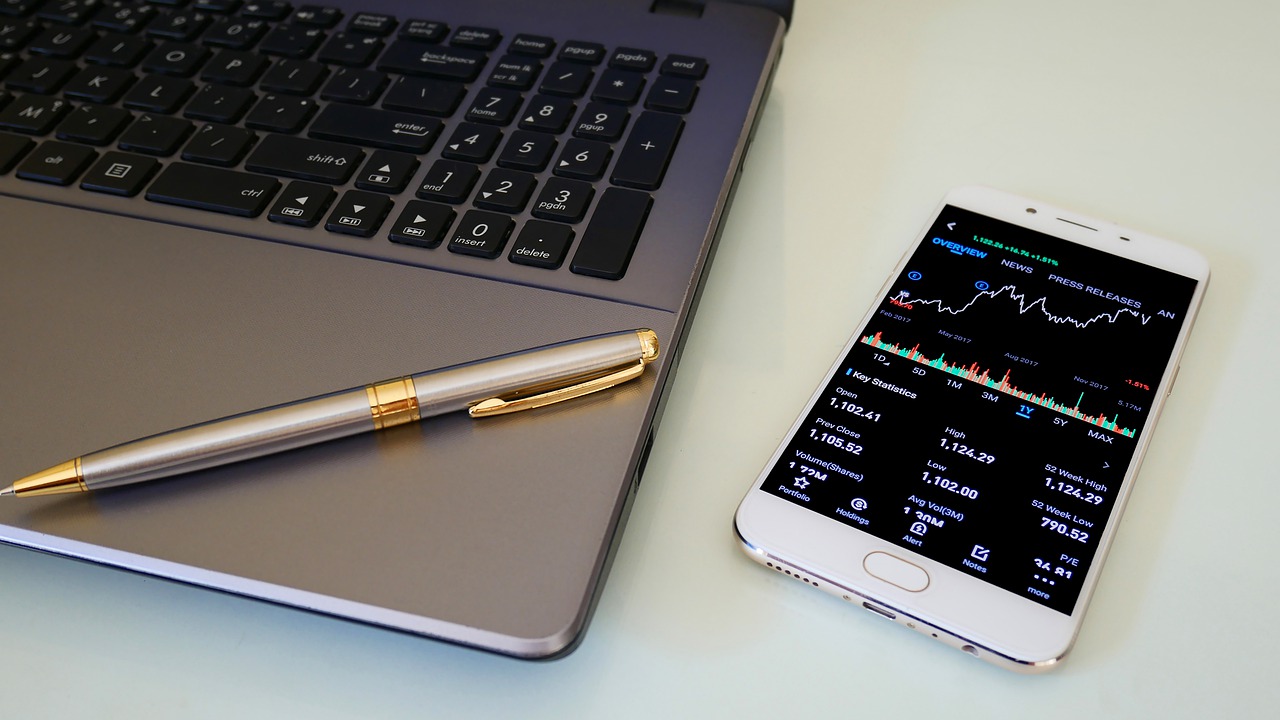As you set out investing in an individual retirement account (IRA) or a 401(k), you may come across options for both exchange-traded funds (ETFs) and mutual funds. These two investments are similar in many ways, and choosing between the two can be difficult. Both ETFs and mutual funds involve pooling investor money and then buying several securities, which makes it possible to diversify without needing to purchase and manage many individual assets.
ETFs are newer than mutual funds and have grown significantly in popularity in recent years. While there were only 123 ETFs in the United States in 2003, there are now more than 2,000 that collectively handle more than $4 trillion in assets. Many people are attracted to ETFs because of their recent popularity, but it is important to understand the difference between them and mutual funds before making a decision. The key differences to consider include the following:
1. Expense ratios
The term expense ratio refers to how much investors pay each year to own a fund, and it is expressed as a percentage of the amount invested. ETFs are passively managed, which means that they are relatively inexpensive investments.
Expense ratios for ETFs can be as low as 0.03 percent, so investors will pay 30 cents for each $1,000 invested in the fund. The average annual expense ratio for actively managed funds like mutual funds in 2018 was 0.67 percent, which is considerably higher than the average of 0.15 percent for ETFs. While these numbers are intriguing, ETFs are not always cheaper than mutual funds, so it is important to look at the fine print.
2. Management
As mentioned, ETFs and mutual funds are managed quite differently. A professional manager oversees a mutual fund and tries to outperform the market by buying and selling stocks. The decisions of the manager dictate how the mutual fund performs. This is known as active management, and it is why mutual funds often involve higher costs.
Because ETFs are passively managed, they track a specific index like the NASDAQ-100 or the S&P 500. The performance of the investment largely depends on the performance of the index chosen since investment decisions are made based on that index. Importantly, some ETFs are actively managed and will have higher fees as a result. Actively managed mutual funds may outperform ETFs in the short term, but over time, the performance starts to look similar. Besides, mutual funds may end up having lower returns than ETFs in the long term due to higher expense ratios and other factors, but there is no guarantee either way.
3. Taxation
When you invest in ETFs or mutual funds for retirement through an IRA or 401(k), you do not need to worry as much about taxation since you will not face any capital gains taxes. However, if you hold these investments in a taxable account, you should consider the differences between the two.
Since ETFs are passively managed, they typically tend to be more tax efficient than mutual funds. You will not have to pay capital gains taxes on ETF shares unless you sell them for a profit. Mutual funds may incur higher capital gains taxes since they are actively managed, which means that the assets within them get bought and sold more frequently. When this happens for a gain, capital gains taxes are due and the mutual fund will pass this expense on to investors even if they have not sold any shares.
4. Minimums
Investors should know that the minimum cost of investing in ETFs and mutual funds can be quite different. Since ETFs are purchased by the share, the initial cost can be quite low. This low cost can be attractive for people with limited money to invest or individuals who are simply seeking diversification. On the other hand, mutual funds often have a much higher cost of entry. Frequently, the minimum investment is at least $1,000. Even the mutual funds specifically meant for novice investors tend to have minimum investments of $1,000, which can be discouraging for many people.
5. Trading
Another major difference between ETFs and mutual funds is how they are traded. ETFs track an index, but unlike other investments that do this, they get traded throughout the day like stocks. The price will change throughout the day depending on supply and demand.
Mutual funds are different in that they are priced and traded only at the end of the day. In fact, even mutual funds that are based on an index will only get priced and traded once each day. With ETFs, you often have to pay a commission when you buy or sell since they are traded similarly to stocks. However, many brokerages now offer ETF trades without commissions. At the same time, most brokers require that investors hold an ETF for a minimum number of days or else they will face a fee. In other words, you should not expect to day-trade ETFs even though they trade like stocks.
